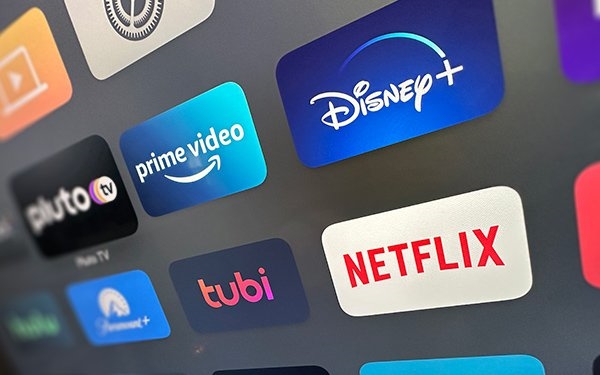AVOD Platforms See Slower End Of-The-Year Growth Due To Weak Scatter Market

While advertising video-on-demand platforms (AVOD) are projected to rise 27% to $9.6 billion this year, according to MoffettNathanson Research, the digital TV-video segment is also feeling the effects of a drastically weaker scatter TV market.
The overall dollar increase in 2022 will be down versus a year ago — $2 billion this year, versus $3 billion in 2021 — says Michael Nathanson, senior research analyst and co-founder, MoffettNathanson Research.
He cites a recent comment from David Zaslav, CEO of Warner Bros. Discovery, who warned of a scatter market that is “weaker” than it was during the heights of the pandemic.
Nathanson adds: “Brand advertising, which has a harder to prove ROI [return on investment] than performance advertising, also tends to be cut sooner beyond what is locked in during the upfronts, further working against the AVOD market. As such, over the past year, we revised down our AVOD growth estimate more than any other medium.”
This was largely driven by results in the third quarter of this year, where it was estimated that AVOD slowed down to just a 15% growth rating to $1.92 billion. This came “with declines at two of the largest players — Hulu and Pluto — working to offset some of the growth at other platforms.”
MoffettNathanson estimates that Hulu’s advertising revenues were down 3% to $799 million and Pluto TV was off 9% to $238 million in the third quarter versus the same period a year ago.
Still, estimates for other growing and newer major AVOD platforms continue to see big hikes in the quarter– including NBCUniversal’s Peacock, up 81% to $291 million; Fox Corp’s Tubi, notching a 30% rise to $165 million, and Roku Channel adding 24% to $235 million.
Amidst concerns of a coming recession — and during a typical off-peak year for TV advertising, with big sporting events like the Olympics/World Cup, and major political advertising — MoffettNathanson is lowering overall TV estimates for next year, down 3.3% to $80.5 billion.
It estimates national broadcast networks will be down 8% to $13.3 billion, with national TV cable networks 5% lower ($26 billion), local TV stations down 8% ($21.9 billion), local cable dropping 15% ($4.5 billion); and syndication slipping 5% ($2.7 billion).
“We expect to see traditional TV advertising resiliency to date somewhat reverse into next year, especially after the sports calendar lightens in the first quarter 2023.”
Only AVOD will continue to rise — up 27% to $12.2 billion.
(21)
Report Post





